A lead sarcophagus and thin hands carved in stone: the entrails of Notre Dame, which were opened during reconstruction work, brought to light important archaeological remains from the 14th century.
• Read also: Notre Dame de Paris: an important archaeological discovery before reconstruction
These relics, presented to the press on Tuesday, were discovered in the heart of this Gothic masterpiece, at the crossroads of the church.
The cathedral, which was partially destroyed by fire on April 15, 2019, is in the midst of reconstruction after a first phase of insurance ended last summer.
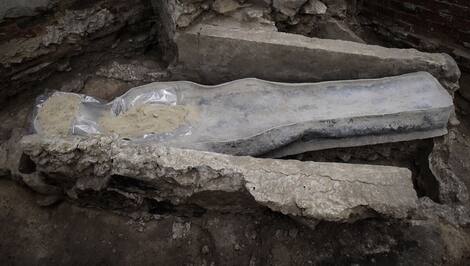
France Press agency
Excavations before the installation of a 100-meter-high scaffold to be used in the reconstruction of the tower revealed these precious remains.
To ensure the solidity of the earth on a surface of about 100 square meters, archaeologists and scientists conducted preventive excavations.
This research revealed a network of earth-brick tubes that were used for heating in the 19th century. In the center, an anthropomorphic lead stone sarcophagus appeared, distorted by the weight of the earth and stones, as noted by journalists.
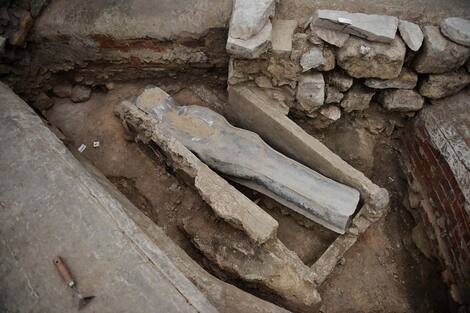
France Press agency
A few meters away, at the foot of the Notre Dame choir, archaeologists are working intensively to discover another treasure: the remains of an ancient screen.
This stone platform, decorated with statues, formed a kind of barrier and separated the liturgical choir from the nave and the faithful. Built around 1230, experts said, it lost its use over the centuries and was destroyed in the early 18th century.
On Tuesday, an archaeologist gently unearthed from a few centimeters deep from the ground the hands of two stones that seemed to be pleading with him.
Next to them, in plastic baskets: a bust of a bearded man, the remains of sculpted plants and the paint used to make them.
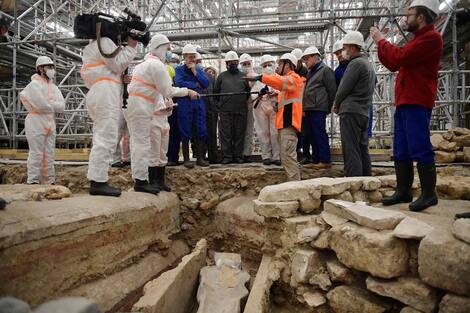
France Press agency
Dominic Garcia, President of the National Institute for Archaeological Research (Inrap) explained that “the discovery of this sarcophagus will allow both to better understand the funerary practices and rituals” of the Middle Ages.
He added that the sarcophagus will be excavated in a laboratory “to learn more about the condition of this character and the way in which he may have been embalmed.”
Since its construction, Notre Dame has housed many burials of religious figures and leaders, but this is the first time a well-preserved sarcophagus has been found, according to experts.
Archaeologists managed to insert a small endoscopic camera. explained Christophe Besnier, archaeologist and head of the Foundation for Excavations. According to him, “the fact that these plant elements are still inside shows a very good a priori preservation condition.”
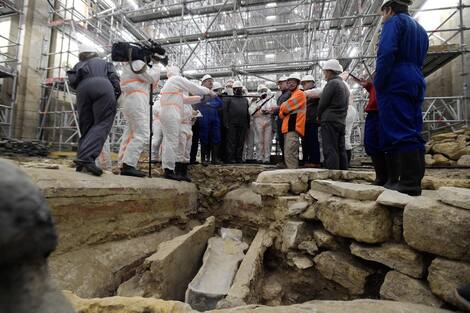
France Press agency
At this point, the identity of the deceased is still unknown, but it is most likely a high-ranking figure in the church.
Culture Minister Roslyn BA commented: “It is a great emotion, this cathedral is the whole history of Paris and France (…) and to be in front of these monuments is very impressive.”
Excavations must continue until March 25 to allow reconstruction work to begin for the reopening to the public scheduled for 2024, according to General Jean-Louis Georgelin, who heads the foundation responsible for preserving and restoring the cathedral.
The discovered remains will be “preserved,” according to the head of Inrap.
He said all the cavities would be “filled with sand or clay balls” which could then be “vacuated for the (archaeological) work of future generations”.

“Total coffee aficionado. Travel buff. Music ninja. Bacon nerd. Beeraholic.”






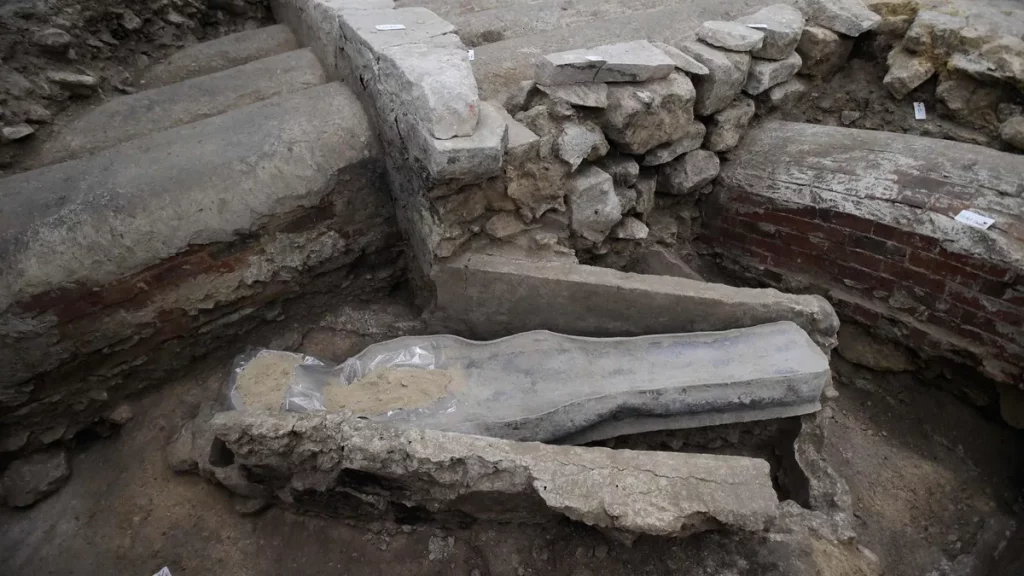
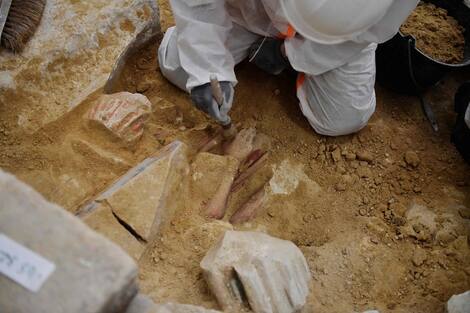
More Stories
The Supreme Court should deny Trump any criminal immunity
“Fake Electoral Voters” Republicans | Trump is not indicted in the Michigan proceedings
Bleached hair: Biden mocks Trump